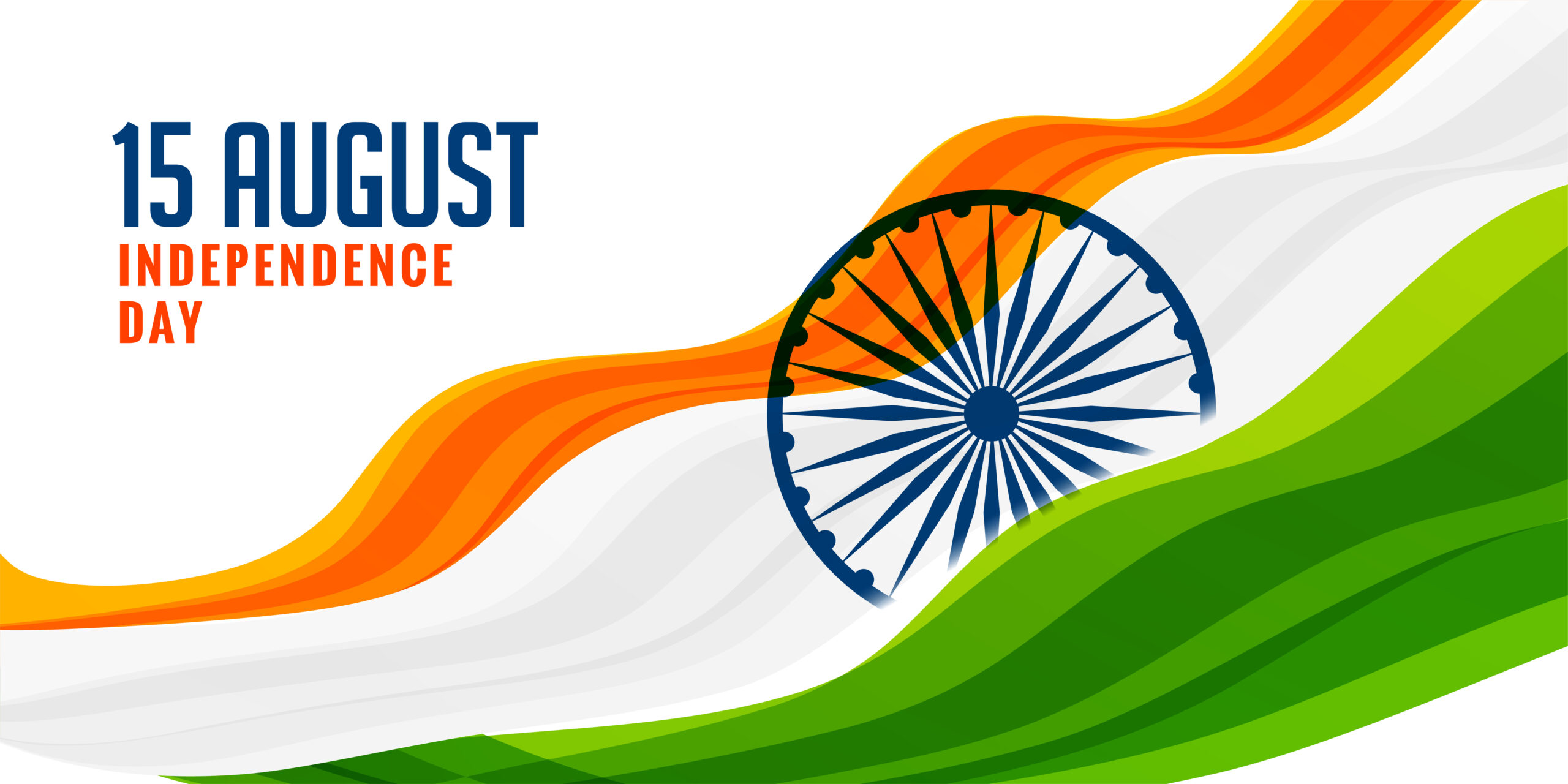
15 August Special
Introduction
15 August Special: Independence Day is a historic day in India’s history that symbolizes pride and honor for every citizen. On this day, 15 August 1947, India gained its freedom from British rule. It is not just a historical event but an occasion that reminds us of the sacrifices, patriotism, and unity of our forefathers. 15 August Special: Independence Day teaches us that when an entire nation unites for one goal, no power can stop it.
The Journey to Freedom: From British Rule to Independence
India’s story of independence is tied to over 200 years of struggle. After the arrival of the British East India Company, India’s resources began to be exploited. Several movements rose against this oppression—The Revolt of 1857, the Non-Cooperation Movement, the Civil Disobedience Movement, and the Quit India Movement shook the very foundations of British rule. 15 August Special: Independence Day reminds us that freedom is never achieved in a single day, but through continuous struggle and sacrifice.
Contribution of Religions in the Freedom Struggle
The beauty of 15 August Special: Independence Day is that it was not the victory of one community or caste—it was the victory of all of India. Every religion played an important role in this struggle:
- Muslims: The Muslim community played a pivotal role in India’s freedom struggle. Maulana Abul Kalam Azad, a prominent leader of the Indian National Congress, strongly promoted Hindu-Muslim unity and devoted his life to independence. Khan Abdul Ghaffar Khan, famously known as the “Frontier Gandhi,” championed non-violent resistance. Revolutionaries like Ashfaqullah Khan sacrificed their lives for the motherland. In the Revolt of 1857, Bahadur Shah Zafar’s leadership became a source of inspiration for the fight against British rule.
- Hindus: Leaders like Mahatma Gandhi, Bal Gangadhar Tilak, and Sardar Vallabhbhai Patel spread the message of non-violence and unity. Gandhi’s “Satyagraha” movement forced the British government to bend.
- Sikhs: Heroes like Bhagat Singh and Udham Singh made the ultimate sacrifice, fearlessly fighting against the British Empire.
- Christians: Leaders like Annie Besant worked for India’s self-rule dream and led the Home Rule Movement.
- Parsis: Dadabhai Naoroji exposed the economic exploitation of India to the world, strengthening the freedom movement from an economic perspective.
This proves that 15 August Special: Independence Day is truly a symbol of unity.
The Significance of the Tricolor and National Anthem
After independence, India’s national flag, the Tricolor, became our identity. The saffron color represents courage, white represents peace, and green represents prosperity. The Ashoka Chakra in the center symbolizes truth and justice. On 15 August Special: Independence Day, when the Tricolor flutters in the sky, a wave of pride flows in every Indian’s heart. To explore more about history, culture, and knowledge, visit Knowledge Star
India Today: The Journey After Independence
Since freedom, India has achieved great progress—democracy, scientific advancements, economic growth, and social reforms. But 15 August Special: Independence Day also reminds us that our responsibility is not over. We still need to fight against corruption, poverty, and illiteracy.
Message for the New Era
The true meaning of this day is fulfilled only when we understand our duties and contribute to the nation’s progress. The youth must use their potential to promote national unity, equality, and development. 15 August Special: Independence Day is an opportunity to ask ourselves—are we living as worthy citizens of our freedom?
Conclusion
15 August Special: Independence Day is not just a historical date—it is a living source of inspiration. This day reminds us of our culture, heritage, and the sacrifices of our forefathers. When we stand under the Tricolor, it is not just a flag—it is a symbol of our pride, unity, and self-respect.





